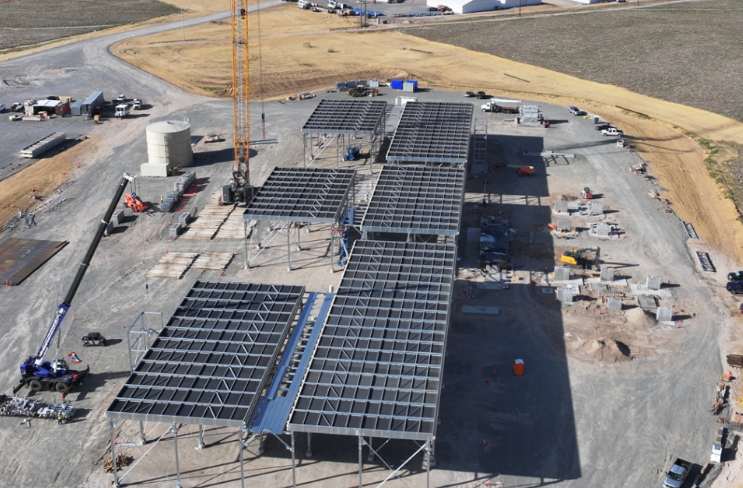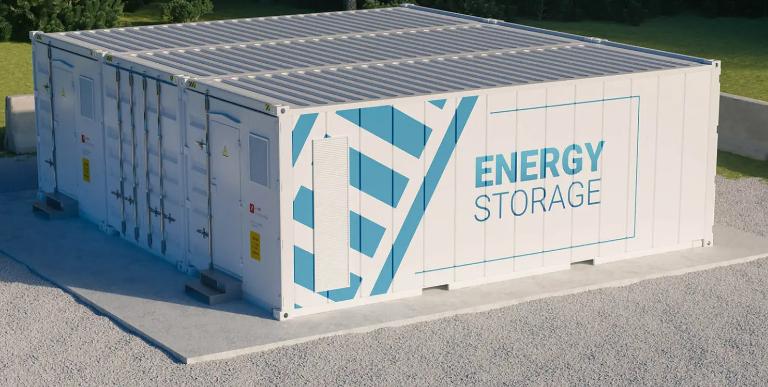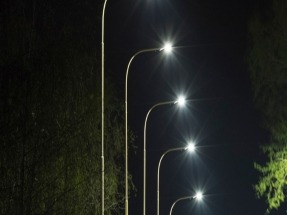Whilst this figure rises to 29 percent of those aged 18-34 – more recent homeowners – the findings demonstrate a fundamental lack of engagement with household energy efficiency, which currently accounts for a fifth of all UK carbon emissions and 35 percent of the UK’s energy use. London homeowners have greater consideration, with 26 percent reporting that they took energy consumption into account, compared to just 5 percent in Wales.
Despite national energy supply concerns, rapidly increasing energy bills, and with COP26 just 3 weeks away, only one in six (16 percent) homeowners in the UK have serious plans to improve the energy efficiency of their home in the next five years. Breaking this picture down regionally, people in the West Midlands and London come out on top with 21 percent and 30 percent respectively having plans laid out to tackle the energy consumption of their home, compared to just 5 percent in the North East and 10 percent in Wales.
With a generally low consideration of domestic energy consumption across UK, there lies a clear need for further intervention and incentives to tackle one of the greatest challenges facing the world today – climate change. Only one in 12 people (8 percent) strongly believe that the government is currently doing enough to encourage people to reduce emissions from their homes, showing a lack of public confidence in the government’s efforts to date. These efforts have included incentives such as the recent Green Homes Grant, which failed to establish an effective mechanism for reducing housing emissions in the UK.
EEIG’s research shows that people are willing to see further government intervention; a popular solution is to make energy efficient homes cheaper to buy through higher stamp duties, as proposed by the EEIG. A ‘green stamp duty incentive’ is a mechanism that will make energy efficient homes cheaper to buy, and poorer-performing ones less attractive to purchasers, without imposing costs onto already struggling families.
“Even with worries about energy supply, rocketing energy bills and climate change in the press daily, it’s clear from our research this isn’t prompting the magnitude of demand for home energy performance improvements necessary to solve these problems” said David Adams, spokesperson for the Green Stamp Duty Incentive, Energy Efficiency Infrastructure Group. “Clearly, government intervention is necessary to change this trajectory, but so far short-term initiatives have failed to deliver the kind of sustained take up necessary. This is why, in the absence of any other viable approach to stimulate and support owner occupiers to act at scale, the EEIG is advocating for the Government to deliver a green stamp duty incentive. This will make energy efficient homes cheaper to buy and will remind those who are buying a lower performing home of the improvements that are likely to be necessary during their period of ownership. It will also encourage people to start thinking about potential improvements to their homes at the time of purchase and plan ahead to realise the rebate. It’s necessary that this type of policy is adopted rapidly to be fair to homeowners and to give the government the chance to reach its target of a 78 percent reduction of UK greenhouse emissions by 2035.”
How the Green Stamp Duty would work:
As is already a requirement, the energy performance of a house (measured through its EPC) is calculated at the point of sale.
The energy demand and carbon performance of the home is used to adjust basic SDLT value relative to a ‘neutral’ SDLT level set by HMT (set annually to ensure revenue neutrality).
To encourage the home buying market to place greater value on energy efficiency, the stamp duty calculation will be adjusted down and up: For a particular house price, the better the energy efficiency, the lower the stamp duty paid.
If the purchaser undertakes low energy and carbon improvements within the first 24 months and obtains an updated EPC, they would be eligible for a SDLT rebate.
Any recognised improvement in a home’s energy efficiency will reduce the SDLT paid.
An illustrative calculator was developed which used the data from EPCs to calculate a ‘SDLT Energy Rating’ (0 to 100) allowing direct comparison of different dwellings irrespective of their size, type, configuration. The ‘Basic SDLT’ was calculated per HMRC rules.
The ‘SDLT Energy Rating’ was applied around a neutral point of 55 to move the ‘Basic SDLT’ up and down based on the energy performance of the home producing an ‘Adjusted SDLT’.
For a relatively poor performing home, the SDLT paid would increase by around 1 percent of the value of the home. For good performance, the SDLT would decrease by circa 1 percent of the value of the home. For very poor and exceptionally well performing homes, SDLT would vary by circa +/-3%. Homes that do not pay SDLT, but are above the neutral point, receive a bonus.
After purchase, any energy performance improvements made within 2 years of sale, that are recognised by the EPC, qualify for a rebate. The value of the rebate is equivalent to the difference between the SDLT paid and that which would have been paid if those improvements had been undertaken prior to the original purchase. If SDLT wasn’t originally paid then any improvements to the EPC would qualify for a bonus.
The existing SDLT calculator on the GOV.UK website asks 8 questions to calculate the SDLT. The Green SDLT would simply require an additional question - the EPC certificate number. Once the purchase price and EPC reference number are inputted, this would calculate, for the purchaser, the SDLT to be paid.
The prospective purchaser could opt to pick the net zero measures (such as loft Insulation, solid wall insulation, ASHP, heating controls, low energy lighting, high performance windows etc), automatically populated from the EPC database for their particular dwelling, to provide the estimated rebate based on their selection. This not only encourages the purchaser to consider likely improvements to their homes at the time of purchase but also to plan ahead and act to undertake the measures and realise the rebate.
For additional information:






















